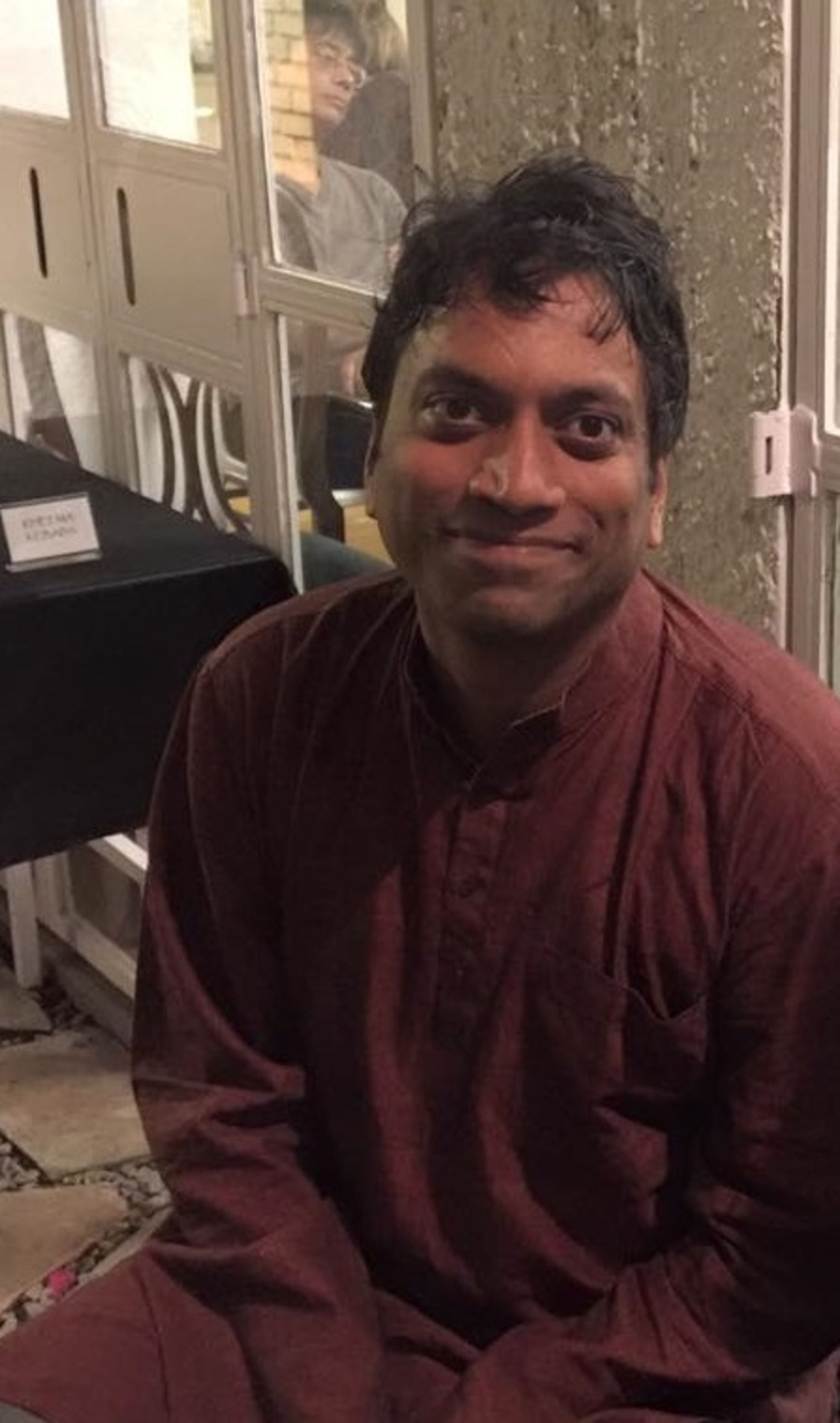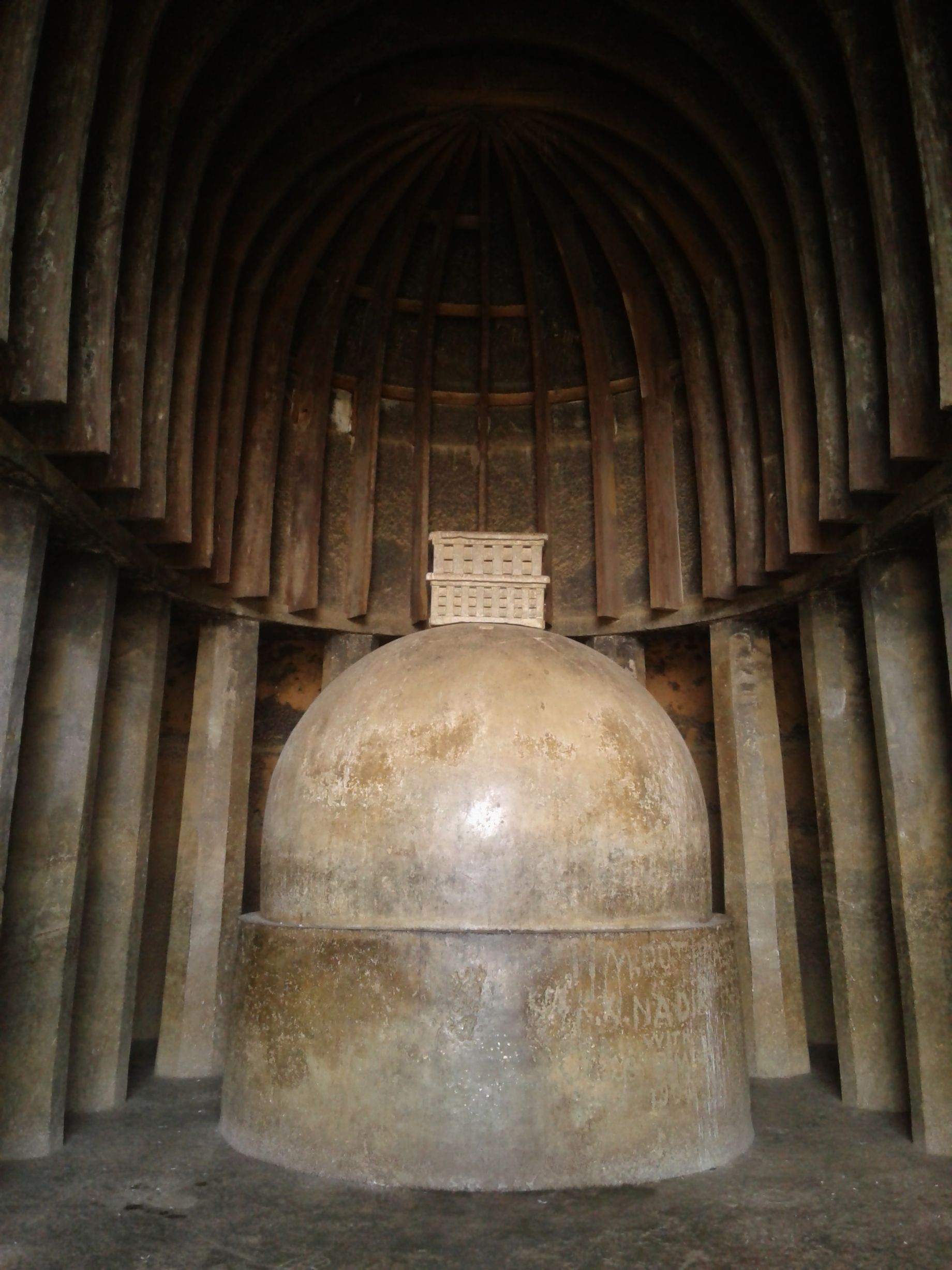Deccanizing the Absolute: Deep Time in the Nineteenth-Century Imagination of Buddhist and Islamicate Architecture: Bhaja, Karle, Bedsa, Girar and Ajanta
One of the more peculiar aspects of nineteenth-century British colonial writing on the Deccan plateau in central India, relates to its emphasis on how the region’s pre-modern patrons of architecture and material culture, had superposed their perceptual imagination of organic material, upon basalt. Be it in the writings of the architectural historian James Fergusson, or that of the geologists Stephen Hislop and Robert Hunter, one finds considerable emphasis on how the creation of an architectural or material culture in such diverse shrines as Girar, Bhaja, Karle, Ajanta and Ellora, was premised on the semiological obscuring of the materiality of the very stone constituting those shrines. Maddipati’s research examines the peculiar ways in which this British colonial emphasis on a human semiological obscuring of stone in the pre-modern period, arose in conversation with the then emerging conception of a more absolutist deep history of the Deccan that transpired beyond semiology or even histories grounded in human or divine necessity. More significantly, he explores how the emergence, in the British colonial imagination, of pre-modern architectural and material cultural semiological systems, did not merely reference the emergence of human reason in the Deccan region. Rather, in the British colonial imagination, the emergence of semiological systems was, paradoxically, itself an entirely contingent event, in keeping with the progression of an unreasonable time in which pure contingency reigned absolutely.



